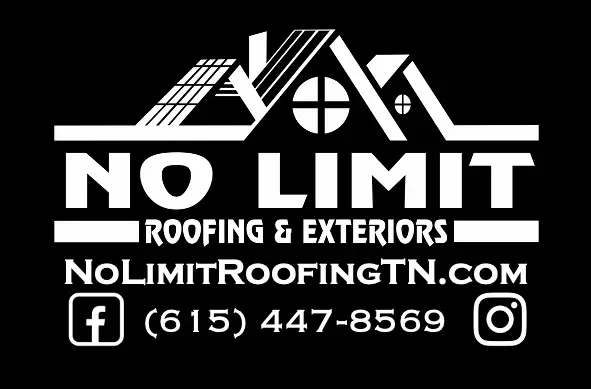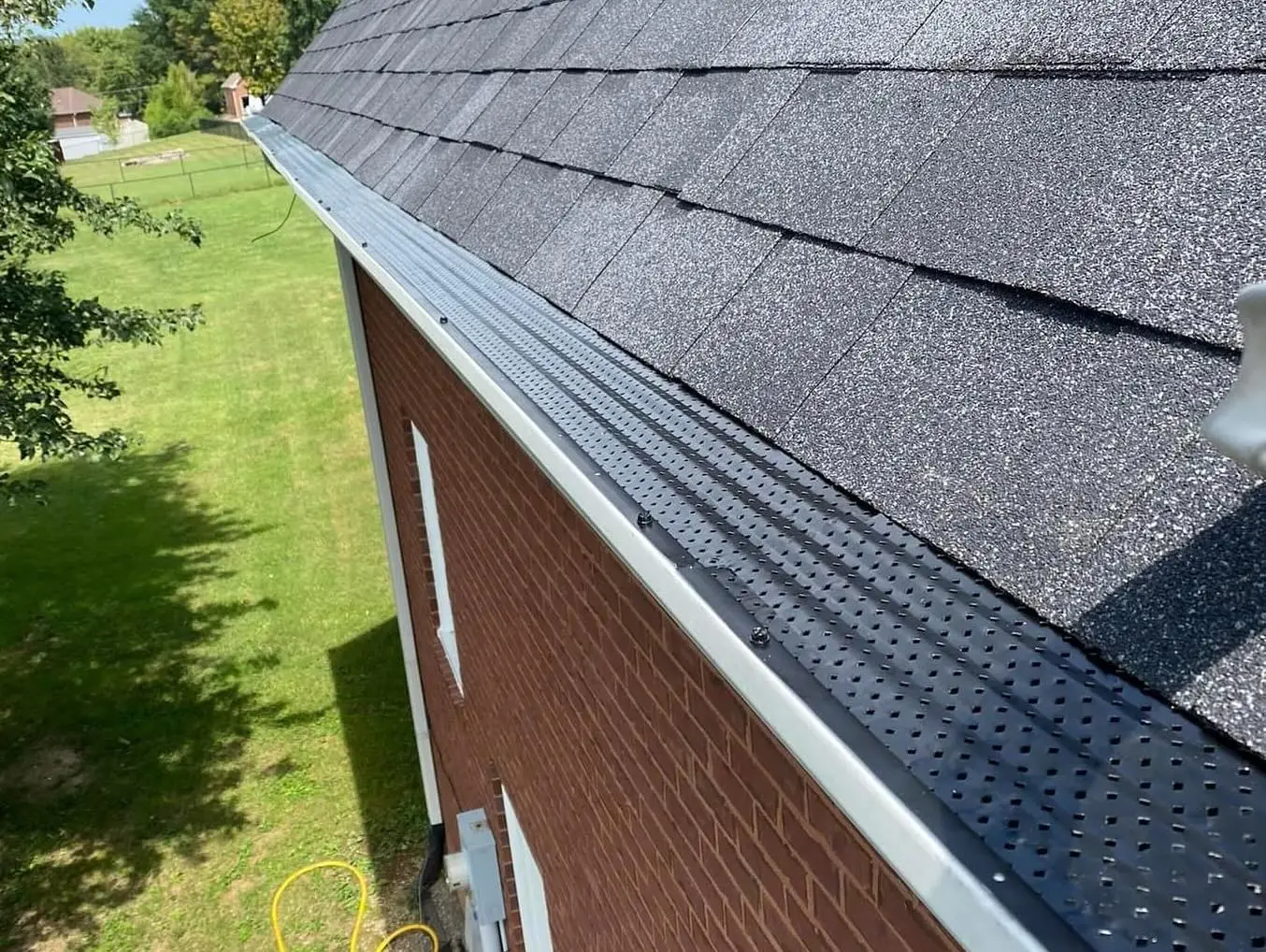There are various gutter problems that can occur to your home in Middle Tennessee. Gutters play a vital role in protecting your home in Middle Tennessee. They divert rainwater away, keeping your foundation, siding, and landscaping safe. However, gutters often face issues that can compromise their effectiveness. In this post, we’ll explore common gutter problems and provide solutions to keep them in top shape.
No Limit Roofing & Exteriors, LLC is your one stop shop for all of your roofing, siding, gutter, and window replacement needs. We are first responder owned and operated bringing a level of trust and integrity that surpasses all expectations. We are based in Sumner County but proudly serve all of Middle Tennessee. Give us a call today to set up your free inspection and consultation. CLICK HERE to fill out our contact form. You can also get a free instant roof replacement estimate. Just CLICK HERE.
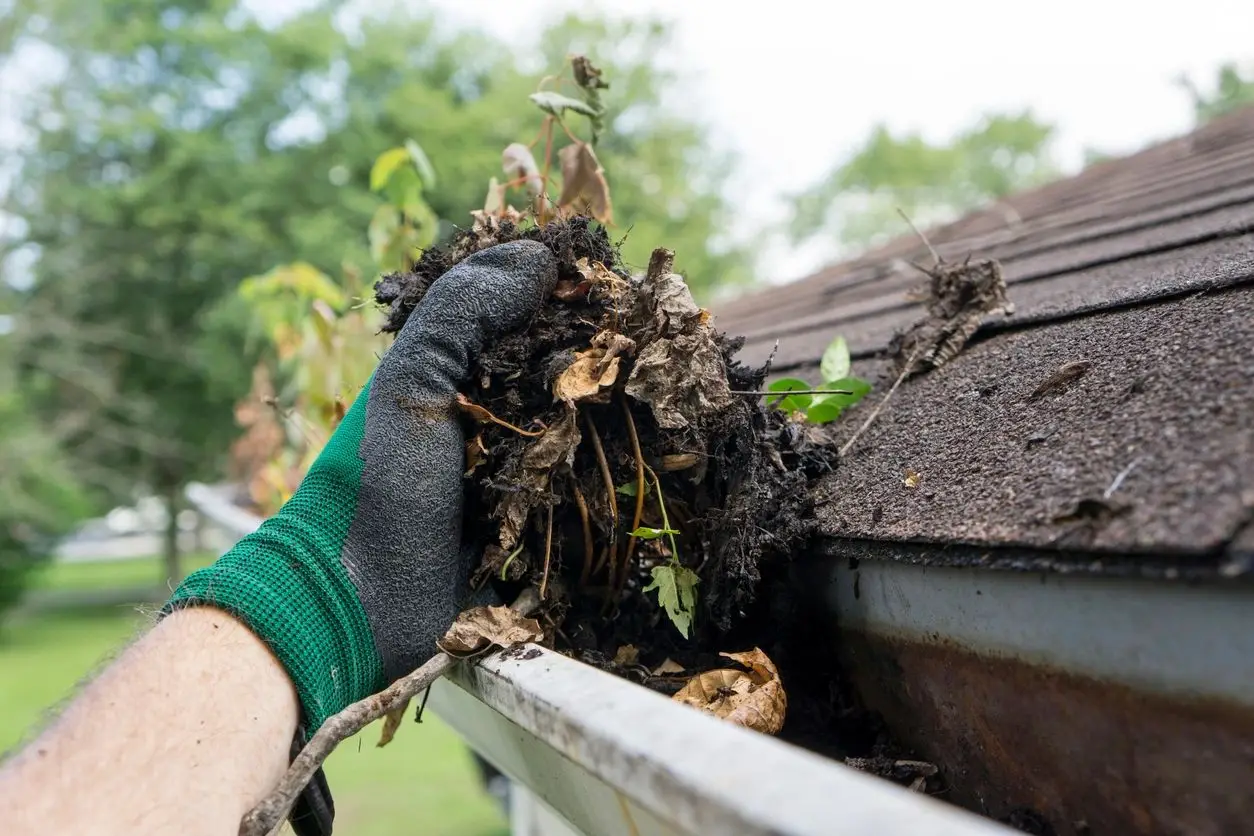
1. Clogged Gutters
Clogging is one of the most common gutter issues. Leaves, twigs, and debris can accumulate, preventing water from flowing smoothly.
Signs of Clogged Gutters:
- Water spilling over the edges during rain
- Sagging gutters from excess weight
- Plants growing in the gutter
Solution: Regular Cleaning and Gutter Guards Cleaning your gutters at least twice a year, especially in spring and fall, is essential. For added protection, installing gutter guards can help prevent debris buildup. Many Middle Tennessee homeowners find that gutter guards pay for themselves by reducing the frequency of cleanings.
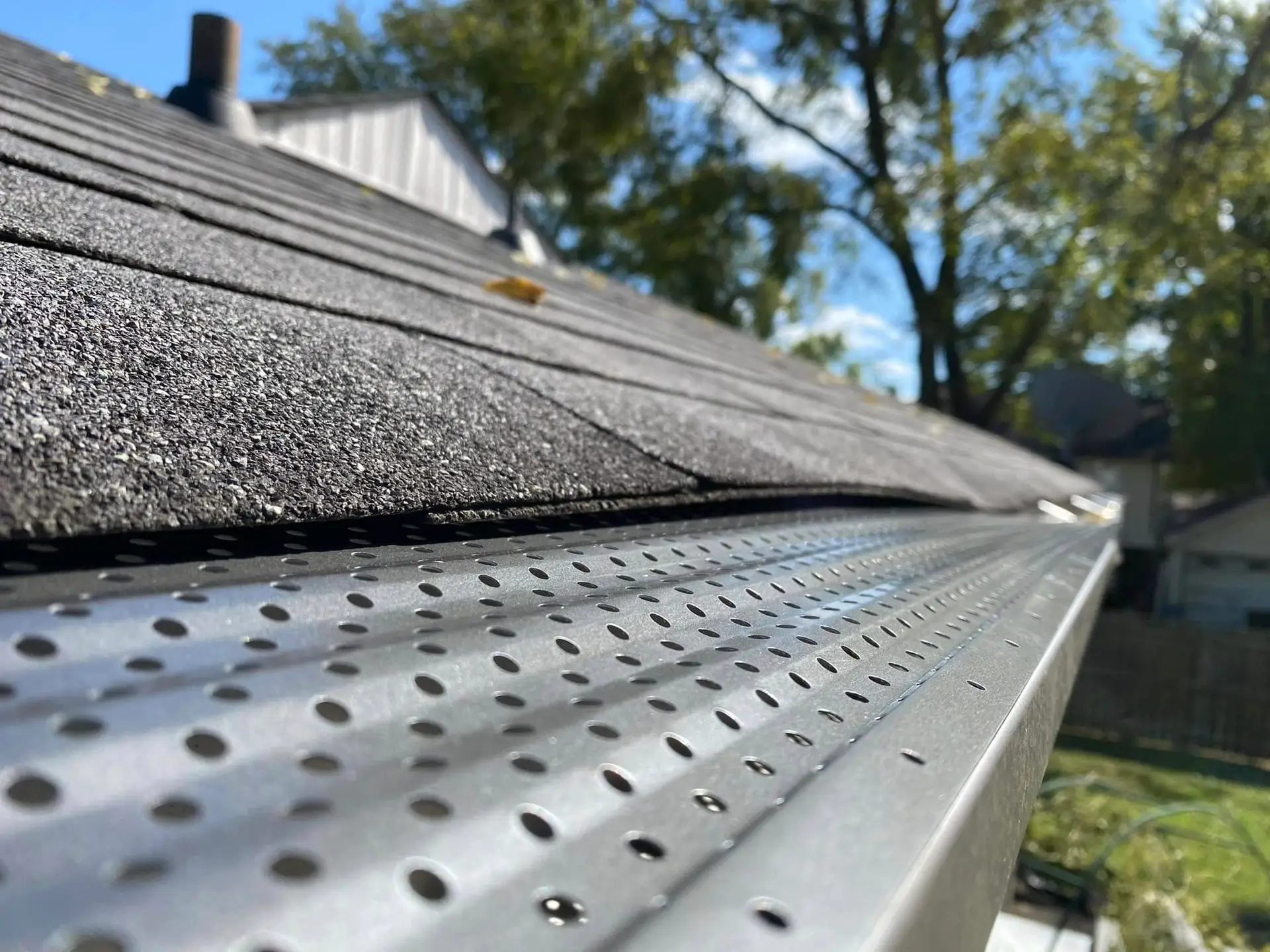
2. Sagging Gutters
Gutters can start sagging due to debris, water weight, or damaged brackets. When gutters sag, they’re unable to channel water effectively, leading to overflow and potential foundation damage.
Causes of Sagging Gutters:
- Clogged gutters adding extra weight
- Weak or damaged hangers and brackets
- Incorrect gutter slope
Solution: Replacing Hangers and Adjusting Slope Replacing old hangers and brackets can fix sagging issues. Ensuring the gutters have the correct slope toward downspouts will help prevent sagging. Consider consulting a professional for proper gutter installation and adjustments if sagging persists.
3. Leaky Gutters
Leaks are common in older or poorly maintained gutters. Small holes, cracks, and separated joints can allow water to escape, damaging the home’s siding and foundation.
Signs of Gutter Leaks:
- Water stains on siding
- Moisture or puddles near the foundation
- Rust spots or holes in metal gutters
Solution: Sealing Joints and Repairing Holes Small leaks can often be sealed with gutter caulk. Larger holes may require patching with metal flashing or a specialized patching kit. Regular inspections will help catch leaks before they worsen.
Gutters need a slight downward slope to move water to the downspouts. If gutters aren’t sloped correctly, water will pool instead of flowing, causing overflow and potential sagging.
Causes of Improper Slope:
- Poor installation
- Heavy snow or ice altering the gutter angle
- Natural shifting over time
Solution: Adjusting the Gutter Slope To fix an improper slope, gutters may need to be repositioned. This adjustment is best handled by a professional to ensure the correct pitch for effective water flow. Routine inspections can catch slope issues early, especially after severe weather.
5. Downspout Problems
Downspouts are crucial for guiding water away from your home. Common downspout issues include clogs, improper placement, or disconnection from the gutter system.
Signs of Downspout Problems:
- Water pooling near the foundation
- Overflowing gutters even when clean
- Disconnected or damaged downspouts
Solution: Cleaning and Redirecting Downspouts Regular downspout cleaning prevents clogs. Ensuring the downspouts direct water several feet away from the foundation can protect your home from water damage. Adding extensions or splash blocks can help carry water further away, which is especially beneficial in the rainy Middle Tennessee climate.
6. Gutter Damage from Ice Dams
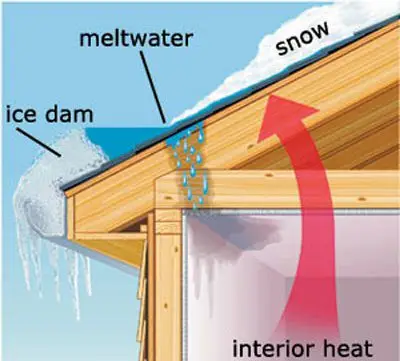
In winter, ice dams can form when snow melts and refreezes on the roof, blocking gutters. This causes water to back up, damaging shingles, gutters, and the home’s interior.
Causes of Ice Dams:

- Insufficient attic insulation
- Poor ventilation causing uneven roof temperatures
Solution: Improving Insulation and Using Heat Cables To prevent ice dams, ensure your attic is properly insulated and ventilated. Installing heated gutter cables can also help by melting snow and ice buildup. Preventing ice dams is crucial for protecting your roof and gutters during Middle Tennessee’s cold snaps.
7. Detached Gutters

Wind, storms, and aging can cause gutters to pull away from the roofline. Detached gutters lose their ability to capture water, which then spills over, causing potential foundation damage.
Causes of Detached Gutters:
- Loose brackets or hangers
- Rotten fascia boards
- Storm or wind damage
Solution: Reinforcing Gutters and Repairing Fascia Repairing or replacing the hangers and brackets can help re-secure the gutters. Checking the fascia board’s condition is also essential since gutters attach to it. If the fascia is rotten or damaged, it should be repaired or replaced before reinstalling the gutters.
8. Rust and Corrosion
Over time, gutters made from metals like steel may develop rust, especially in humid climates like Middle Tennessee. Rust weakens the gutters, leading to leaks and potential breakage.
Signs of Rust and Corrosion:
- Rust spots or flaking paint
- Small holes or weakened metal
- Water stains near rusted areas
Solution: Repainting and Replacing Rusted Sections Scraping off rust and applying rust-resistant paint can help extend the life of the gutters. For extensive rust damage, replacing the affected sections is recommended. Choosing rust-resistant materials like aluminum or vinyl gutters can also be a long-term solution for homeowners in humid climates.
9. Overflowing Gutters During Heavy Rains
In areas like Middle Tennessee, heavy rains are common. Gutters can overflow if they’re too small or clogged, causing water to spill onto siding and foundation.
Causes of Overflowing Gutters:
- Insufficient gutter capacity for heavy rainfall
- Blockages preventing water flow
- Downspouts unable to handle high volumes of water
Solution: Upgrading to Larger Gutters or Installing Additional Downspouts Installing larger gutters, such as 6-inch gutters, can help manage heavy rains. Adding extra downspouts may also help distribute the water flow more evenly. Regular gutter cleaning will ensure they remain free of debris, allowing water to flow smoothly during storms.
10. Pest Infestations
Birds, rodents, and insects may see gutters as a prime spot for nesting. Pest infestations can lead to clogs and additional wear and tear on your gutters.
Signs of Pest Infestations:
- Nesting materials in gutters
- Visible droppings or pest activity
- Unusual sounds coming from gutters
Solution: Installing Gutter Guards and Regular Inspections Gutter guards can help keep pests out by covering the open space while still allowing water to flow. Regular inspections will help catch any pest activity early, preventing infestations from taking hold.
Conclusion: Keeping Middle Tennessee Gutters in Top Shape
Gutter maintenance is essential for protecting your Middle Tennessee home from water damage. From clogging and sagging to pest infestations, understanding common gutter problems and solutions helps ensure your gutters work efficiently year-round.
Whether it’s cleaning, installing gutter guards, or upgrading to a larger gutter system, maintaining your gutters will pay off by protecting your foundation, siding, and landscaping from water damage. At No Limit Roofing & Exteriors, we’re here to help Middle Tennessee homeowners keep their gutters in peak condition. Reach out to us with questions or to schedule an inspection. With our help, your home will stay safe from the challenges of our unique climate.
